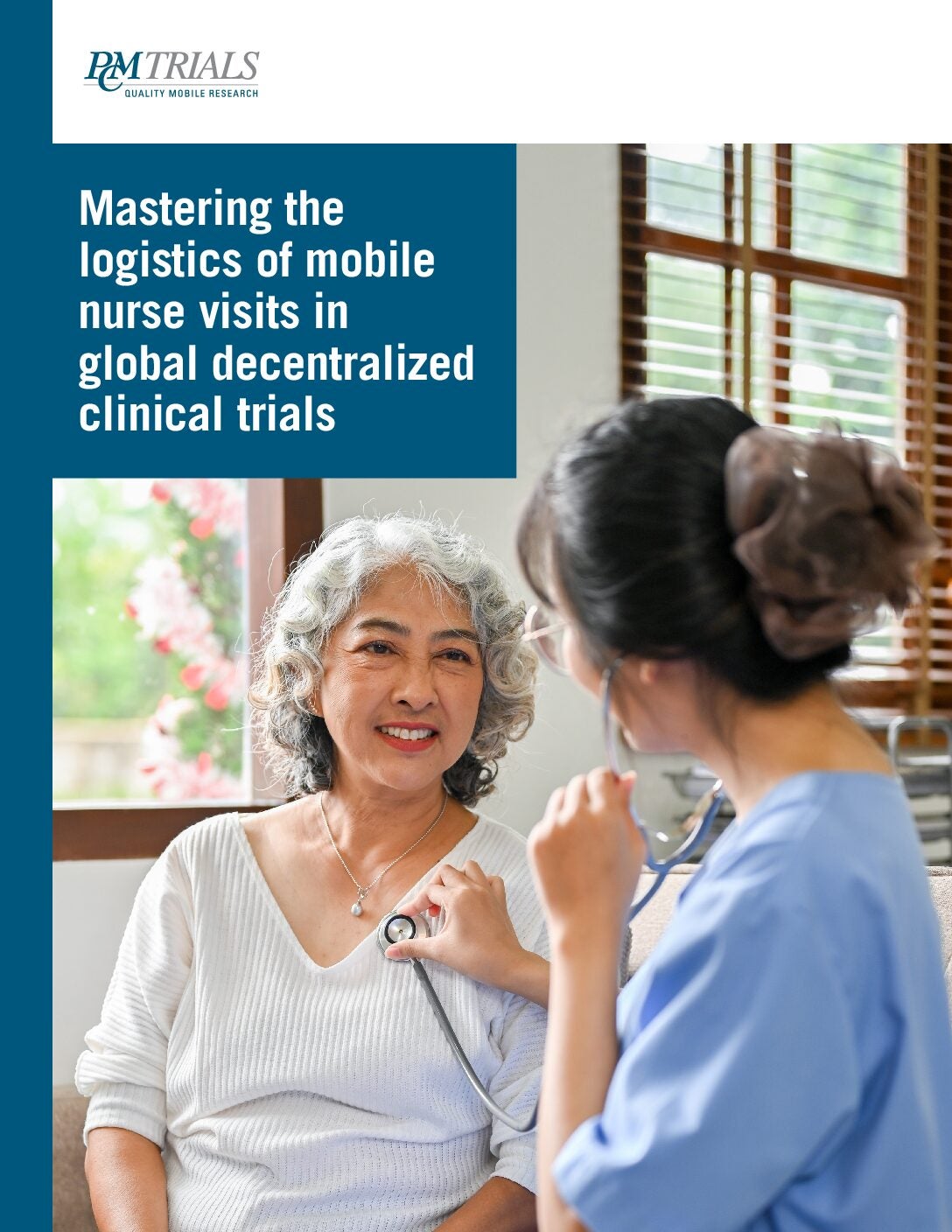
In the United States, the number of adults aged 65 and over is expected to grow sharply over the next three decades, rising 47% from 58 million in 2022 to 82 million by 2050. It is vitally important to study new drugs in subject samples that represent the types of patients who will receive the therapy in daily practice, and older adults account for approximately 34% of all prescription medicine consumption in the US. The underrepresentation of geriatric patients in clinical research as highlighted in numerous papers is therefore a serious issue that must be overcome as the aging population continues to grow.
Recruitment and enrollment challenges are understood to be a key factor. Alzheimer’s Disease is a prime example, with the literature revealing a history of trials that are “slower to enroll study participants, take longer to complete, and are more expensive than trials in most other therapeutic areas.”
Projections from GlobalData’s clinical trial feasibility planner do indeed highlight future challenges in the Alzheimer’s space. The table below provides estimated metrics on the number of subjects recruited per site per month and the likelihood of trial completion for a Phase II or III Alzheimer’s trial conducted in various countries.
DCTs have come of age
The decentralization of clinical trials has strong potential to improve challenges in geriatric trials. Since 2018, 5.8% of all clinical trials included at least one component of decentralization such as mobile visits, eDiaries, telemedicine, or direct-to-patient IMP delivery. Comparing this against trials from the same period that specified minimum participant ages of at least 65 years, the adoption of decentralized components was 8.9%. This means that the use of decentralization was 1.5 times higher in trials that sought to exclusively enroll geriatric patients.
Moreover, by comparing data from 2018 and 2022 across four different geriatric-specific indications, DCT adoption grew in three of the four disease areas. The increase in decentralized Dementia trials is particularly significant, with 1 in every 6 new Dementia trials using an aspect of decentralization in 2022.
Understanding the trends – what is driving this growth?
Minimizing site visit requirements is a key strategy in reducing the overall burden of trial participation, and it can have a profound impact on geriatric patients. By conducting all or part of the protocol in the patient’s own home, it is possible to expand access for older adults faced with mobility issues, travel constraints, or compromised immune systems. For patients with a neurodegenerative disease like Dementia or Parkinson’s, every trip outside the house could be a stressful, draining endeavor. Anxiety symptoms are present in as many as 3 in 4 Alzheimer’s patients, with feelings of uneasiness or fear often culminating in challenging behaviors like aggression.
The impact on the patient’s caregiver/s must also be considered. Older patients typically rely on help getting ready for the outing, as well as transportation to the clinic and support during the visit. Many psychiatric or neurodegenerative disease protocols require a primary caregiver to act as an informant or proxy, providing a more accurate assessment of longitudinal changes in the patient’s symptoms where the patient’s own account may be unreliable.
Whatever the caregiver’s role in the trial, the burden it can introduce onto that friend or family member and the subsequent guilt the patient themselves may feel as a result is often a huge factor to an older patient withdrawing from a trial or deciding not to enroll in the first place. It should also be noted that not every patient will have someone to depend on for practical and emotional support, making their participation in a clinical trial highly unlikely.
Decentralization can solve or at least alleviate many of these challenges. Regular mobile research visits facilitated by a familiar nurse in a familiar setting can go a long way in reducing the burden and stress of trial participation on older adults living with debilitating conditions, as well as their caregivers.
In some cases, a decentralized trial model supported by mobile visits can enable data collection of an otherwise impossible scale. Funded by the National Institute of Aging and currently in its fourth phase, the Trial of Parkinson’s and Zoledronic acid (TOPAZ) set out to enroll 3,500 Parkinson’s patients over the age of 60. The researchers opted for a home-based approach supported by a network of mobile nurses tasked with administering the IMP intravenously, taking a blood sample for rapid point-of-care testing, and performing other protocol-required checks and care. With more than 2,000 patients currently enrolled, TOPAZ is now the largest double-blind, placebo-controlled, randomized clinical trial ever conducted in people with Parkinson’s.
“Home visits by research nurses made it possible for us to imagine TOPAZ,” says Dr Steven R Cummings, Executive Director, San Francisco Coordinating Center. “It was possible to imagine doing something that was very large and that could be done conveniently for older patients with a disabling disease. It became possible to imagine US-wide recruitment. From previous conversations with PCM Trials [the company facilitating the nurse visits], we knew that it was feasible to do all of this and a multi-step protocol from home.”
The data on mobile visits
Since 2018, 2.6% of all trials with a mobile visit program enrolled geriatric patients only – a percentage that is almost three times higher than the average of 0.9%. The data shows that in-person visits supported by mobile research nurses have become an important element in overcoming challenges in the geriatric space, something which can be seen most notably in the infectious disease and central nervous system (CNS) fields.
Moreover, initial data suggests this strategy could save sponsors time and money on their study. In a group of matched trials, enrollment was shorter by an average of 6.18 months while trial duration was less by 10.97 months. The two groups of studies were matched by therapy area, region/country, and modality (small molecule, antibody, vaccine, and peptide), though sample sizes were small on the mobile visit trial side due to data availability.
What about the digital element?
DCTs have often become synonymous with virtual trials, where patients communicate with physicians over digital platforms like Zoom and use online portals to log symptoms and fill out questionnaires. Limited IT skills and broadband access among the older generation could result in digital exclusion in a DCT of this nature.
According to Age UK, 46% of British adults over the age of 65 are unable to complete all eight of the most fundamental tasks required to use the internet safely and successfully, including one in four being unable to turn on a device and enter login information. Internet access and digital literacy amongst seniors varies around the world, which could make it difficult to plan a multinational trial. For instance, one 2020 study revealed that 94% of 65 year olds to 74 year olds in Denmark said they had used the internet in the last three months compared to just 25% in Bulgaria. Even within a single country, cultural and socioeconomic factors play a huge part.
“Not everyone is familiar with digital technologies or might have limited access to hardware that is needed for a digital-only DCT,” notes Jenifer Ngo Waldrop, Executive Director, Rare Disease Diversity Coalition. “Participants with lower technological literacy or those uncomfortable with digital tools may face challenges in using and navigating the required platforms, potentially leading to dropout rates or inaccurate data. Training would be difficult for those individuals and/or equipment might need to be provided.”
To decentralize or not?
While technology is often a key element in DCT protocols, there is no replacement for the human component. Nurse visits are often necessitated by specific tests, scans, and methods of drug administration (e.g. infusion or injection) that must be done in person and by a healthcare professional. They also play an important role beyond this, enabling better opportunities for patient monitoring and improving the individual’s overall experience of the trial and continued compliance with the protocol. This is particularly important when a trial seeks to be inclusive of older adults, who may require and value the support of a nurse more than any other patient type.
To learn more about the implementation of mobile nurse visits in a clinical trial, particularly one that involves the administration of intravenous infusions, please download the whitepaper below.




